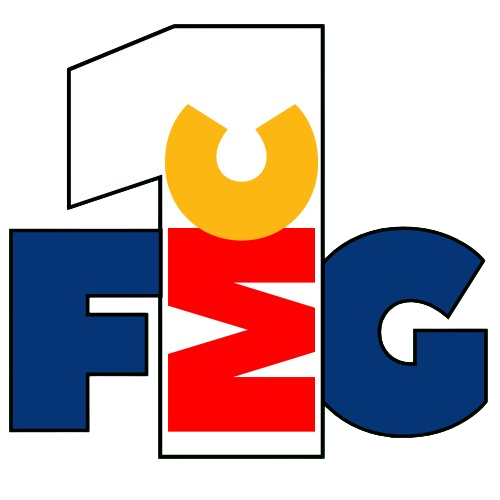Unilever’s Influencer Strategy Raises Eyebrows Among FMCG Marketers
Unilever is making a bold play in influencer marketing, aiming to multiply its partnerships by a factor of 20 over the next few years. The FMCG giant wants to shift from working with a few hundred influencers to tens of thousands, with the goal of more agile, responsive campaigns across its vast portfolio of brands. However, marketers and analysts are urging caution before others in the sector rush to replicate the move.
Unilever, which owns brands like Dove, Axe, and Ben & Jerry’s, says the shift will create stronger local relevance and reach. But such scale carries significant trade-offs. Industry experts warn that multiplying influencer partnerships can weaken brand consistency, reduce campaign cohesion, and complicate ROI measurement. While a massive creator footprint might offer more granular consumer engagement, it can also lead to fragmented messaging and quality control issues.
There is also the resource strain to consider. Managing thousands of creators requires significant investment in vetting, brand alignment, contract management, and compliance — functions many FMCG marketers aren’t yet structured to handle efficiently at this volume.
As influencer marketing budgets rise — expected to hit $24 billion globally in 2024 — brands are under pressure to show returns. But quantity doesn’t always translate into performance. Smaller, targeted activations with proven creators often yield stronger engagement and conversions than broadly distributed content with micro- or nano-influencers.
Moreover, platform risks are in play. As social platforms evolve rapidly, building campaigns dependent on high-volume creator networks may leave brands vulnerable to algorithm changes or shifts in user behavior.
FMCG marketers should assess their own operational capacity, data infrastructure, and strategic objectives before scaling influencer efforts. Unilever’s approach may be viable for multibillion-dollar portfolios with in-house teams and tools to manage mass collaboration, but it’s not a one-size-fits-all formula for the sector.
In the race for digital attention, sustainability, scalability, and clear measurement must underpin influencer strategies. As marketers seek smarter, not just bigger, digital engagement, the priority remains balancing local resonance with global brand equity.

